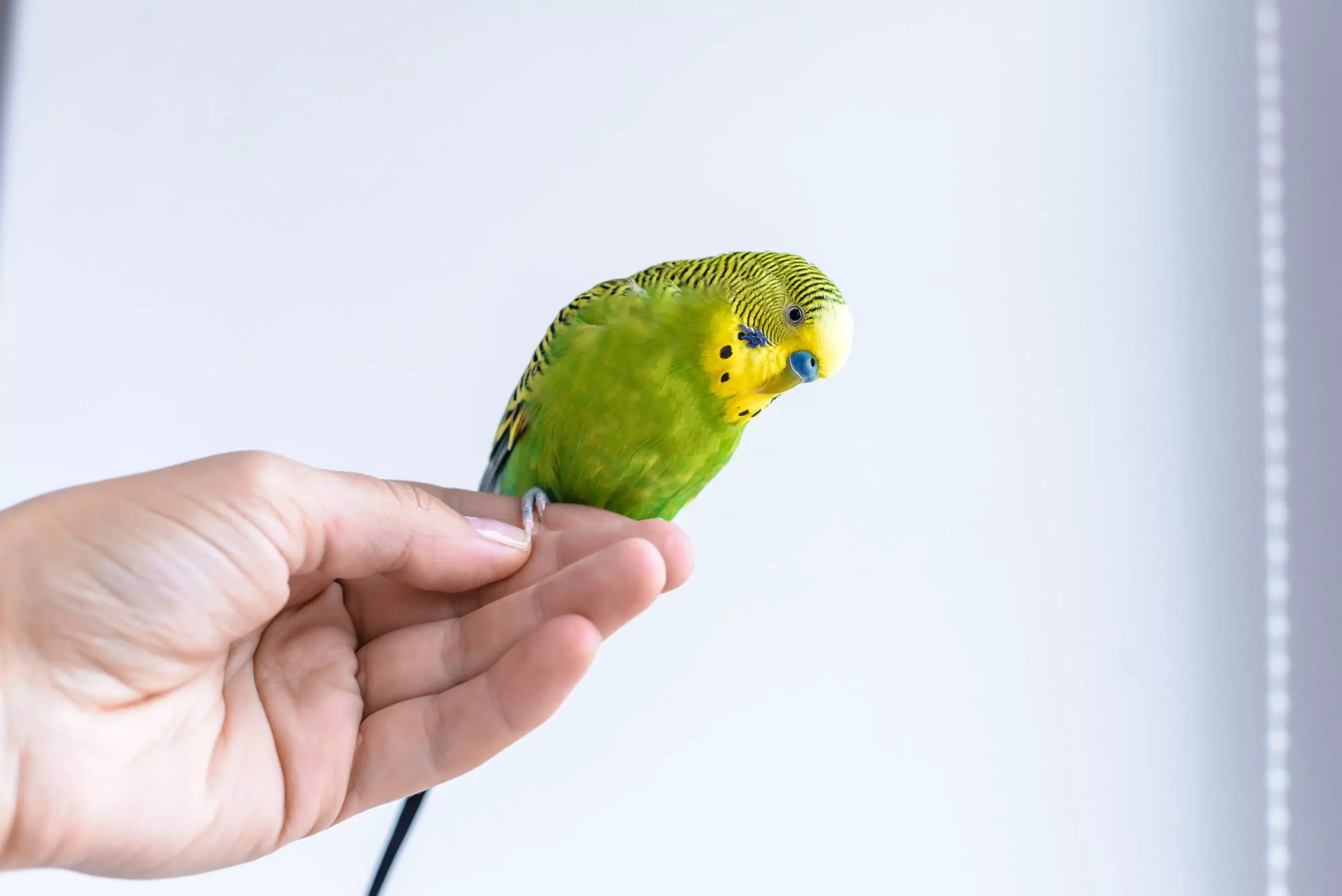Caring for birds as pets can be both rewarding and challenging, especially for those who lack professional training. Although the majority of pet owners are not expert bird trainers, it is essential to impart a few critical commands to ensure a harmonious and healthy relationship between the bird and its owner. Mastering these commands facilitates effortless interaction and minimizes stress for both parties involved.
The Step-Up command occupies a vital position in bird training. Teaching a bird to step onto an owner’s finger can significantly ease transitions, such as taking your pet out of its cage or relocating it within the household. Birds, with their specialized anatomy adapted for flight, are inherently fragile creatures; thus, creating an environment that minimizes stress and fear is paramount. Understanding the anatomy and psychology behind a bird’s behavior is crucial for effective training and fostering a trusting relationship.
When teaching the Step-Up command, approach the task with patience and gentleness. Birds can experience anxiety during handling, and employing forceful methods can lead to adverse consequences, including physical injuries like broken bones or organ damage. It is vital to build trust rather than fear when interacting with these delicate animals. Careful techniques for bonding can help your pet become more acclimated to handling, encouraging participation in training without reluctance.
Handling a bird demands an understanding of its fragility and well-being. It is important to maintain a gentle grip and avoid squeezing or applying excessive pressure. If difficulties arise during handling, especially when tasks like wing trimming or nail clipping are necessary, bird owners may want to learn the practice known as “toweling.” This technique involves gently wrapping the bird in a soft towel, providing security while minimizing stress during such procedures.
However, it’s crucial to avoid frequent use of this method. Frequent toweling can lead to stress and trauma for the bird. After such an experience, offering a calm environment for recuperation is essential. Allowing quiet time in the cage can aid in soothing the bird after a potentially distressing encounter.
As bird owners, many often allow their feathered companions to perch on their shoulders. Although this may seem benign, it can pose significant risks. Birds on shoulders have unrestricted access to the owner’s face, including sensitive areas like the ears and eyes. If a bird feels threatened or nervous in this position, it may react defensively, leading to painful bites and injuries.
To safeguard against such risks, it is advisable to maintain a safe distance between your bird and your face. Instead, encourage perching on hands or forearms while ensuring the bird feels secure. This not only limits potential danger but also helps the pet associate positive experiences with human interaction.
Despite the best efforts to teach the Step-Up command, some birds may resist or refuse to comply. In these instances, resorting to forceful methods, such as grabbing the wings, legs, or tail, is never acceptable. These actions not only foster fear but can also cause physical harm, including trauma to their delicate feathers and skin.
Instead, if a bird firmly declines to step up, use gentle resorted methods like holding it softly with a towel or wearing padded gloves that can offer protection against bites and scratches. Such techniques ensure that you remain safe while prioritizing the well-being of your feathered friend.
Owning a bird requires not only affection but also an understanding of the bird’s unique needs and characteristics. Training, while usually a challenge for non-professional owners, can be approached systematically with patience and care. The fundamental commands, coupled with safe handling practices, create a nurturing environment for your pet. Ultimately, fostering trust and safety will lead to a satisfying and joyful relationship between the bird and its owner, reserved for a lifetime of companionship.

